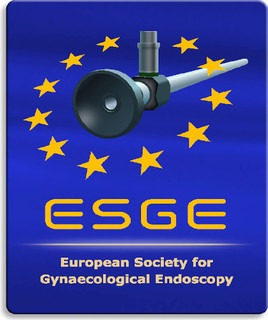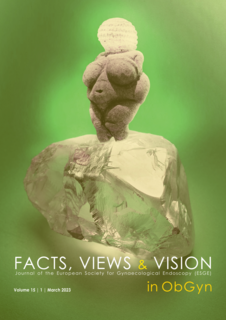Practice of laparoscopic prolapse surgery in Europe – ESGE Survey
Prolapse surgery, sacrocolpopexy, pectopexy, lateral suspension, meshless laparoscopic repair, survey
Published online: Sep 24 2023
Abstract
Sacrocolpopexy is considered as the “gold standard” for management of women with apical prolapse. Numerous technical variants are being practiced. The first aim of this survey was to determine the habits of practice of laparoscopic sacrocolpopexy (LSCP) in Europe. The second aim was to determine whether surgeons who perform laparoscopic pelvic organ prolapse (POP) repair are familiar with the practice of alternative techniques and with mesh-less laparoscopic treatment of prolapse. The questionnaire was designed by the Urogynaecology Special Interest Group of the European Society for Gynaecological Endoscopy (ESGE). All ESGE-members were invited by email to respond to this survey consisting of 54 questions divided in different categories. Following review of ESGE member’s responses, we have highlighted the great heterogeneity concerning the practice of LSCP and important variability in performance of concomitant surgeries. Alternative techniques are rarely used in practice. Furthermore, the lack of standardisation of the many surgical steps of a laparoscopic sacrocolpopexy is mainly due to the lack of evidence. There is a need for training and teaching in both standard and newer innovative techniques as well as the reporting of medium and long-term outcomes of both standard laparoscopic sacrocolpopexy and any of its alternatives.



